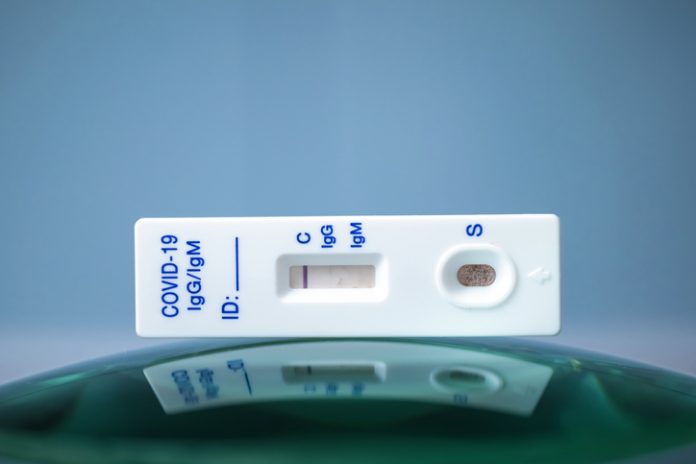Testing for Covid-19 has rapidly become a regular part of our lives. However, there has been much debate about the reliability of lateral flow test results, with some concern over false positives. But new research reveals that lateral flow tests are much more accurate than previously thought. Which means they can now be widely used as Rapid Antigen Tests and as RAT tests for kids, easing the burden on COVID testing facilities.
What are lateral flow tests?
Lateral flow tests identify Covid-19 in people who don’t have any symptoms. The tests are used by people who must regularly test for their work, for example, NHS staff, care workers and teachers, and in these circumstances, the tests are free in the UK from the NHS. People travelling back to the UK from abroad must purchase lateral flow tests from a private provider and test themselves on days two and five following their arrival. Day 2 lateral flow tests by Medicspot can be ordered online and provide a result within 30 minutes.
How lateral flow tests work
Covid testing detects the proteins typically present when someone has the virus. A lateral flow test is a small handheld device that looks like a pregnancy test and has a white absorbent paper pad at one end and a small window at the other. Inside the device is a strip of test paper that changes colour if coronavirus proteins are detected. To take a lateral flow test, people must use a swab to take a sample from either their nose only or their nose and the back of the throat. The swab is put into an extraction solution and then dripped onto the absorbent pad.
How accurate are Covid-19 lateral flow tests?
The accuracy of lateral flow tests is measured by the test’s sensitivity and ability to diagnose people infected with Covid-19 accurately. Meanwhile, specificity examines the test’s capability of diagnosing people who don’t have the virus. Research into the reliability of lateral flows found that the average sensitivity of the tests was 72% among those with symptoms and 58% for people with no symptoms.
Therefore, for every 100 people with coronavirus who show symptoms, 72 would test positive on a lateral flow test. For every 100 people infected with the virus but without symptoms, 58 would test positive. This means that a negative lateral flow result is no guarantee that a person is not infected. If they show any symptoms, they should self-isolate and arrange a PCR test.
The data also suggests that the specificity of lateral flow tests is around 99%. Therefore, if a person tests positive, it is very likely that this result is true, and any false positives are extremely rare.
UCL Lateral flow test research
Researchers from University College London (UCL) also investigated the reliability of lateral flow tests and found the tests identify most people at risk of transmitting Covid-19. They found that the tests are a useful and reliable public health tool in stopping the spread of the virus. The research shows that lateral flow tests are at least 80% effective in identifying the level of infection. They are also at least 90% effective at identifying the most infectious people when taking the test. With growing concerns over the sensitivity of these tests, this level of accuracy the researchers found is much higher than earlier studies suggested.
Lateral flow vs. PCR tests
The report from UCL says that lateral flow tests work differently from PCR tests and should not be compared ‘like for like’. Lateral flows identify material from the surface proteins of Covid-19 and are likely to give a positive result when a person is infectious. However, PCR tests detect the virus’s genetic material that can remain present even weeks after the person is no longer infectious. According to the report, comparing the reliability of PCR tests and lateral flow tests is potentially misleading. PCR tests show that someone was infected within a certain timeframe but did not mean they are necessarily infectious when testing positive.
Routine testing using lateral flow tests to identify those infected is still the most effective way to protect public health and control coronavirus. If you have symptoms of Covid-19 or test positive on a lateral flow test, make sure that you organise a PCR test without delay.
Disclaimer: This article contains sponsored marketing content. It is intended for promotional purposes and should not be considered as an endorsement or recommendation by our website. Readers are encouraged to conduct their own research and exercise their own judgment before making any decisions based on the information provided in this article.


































